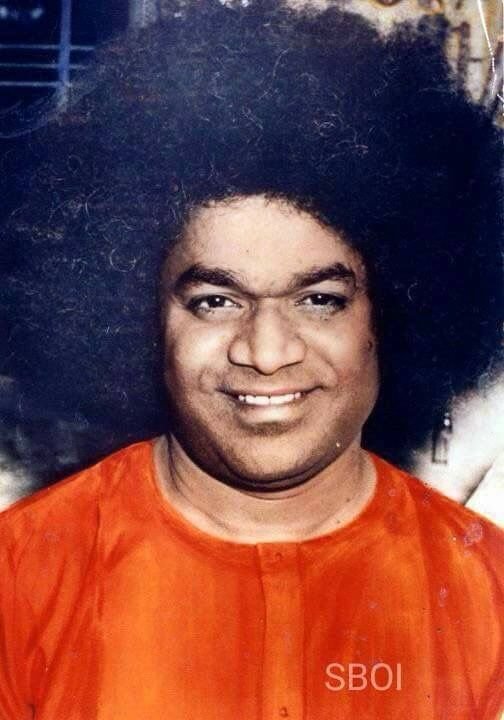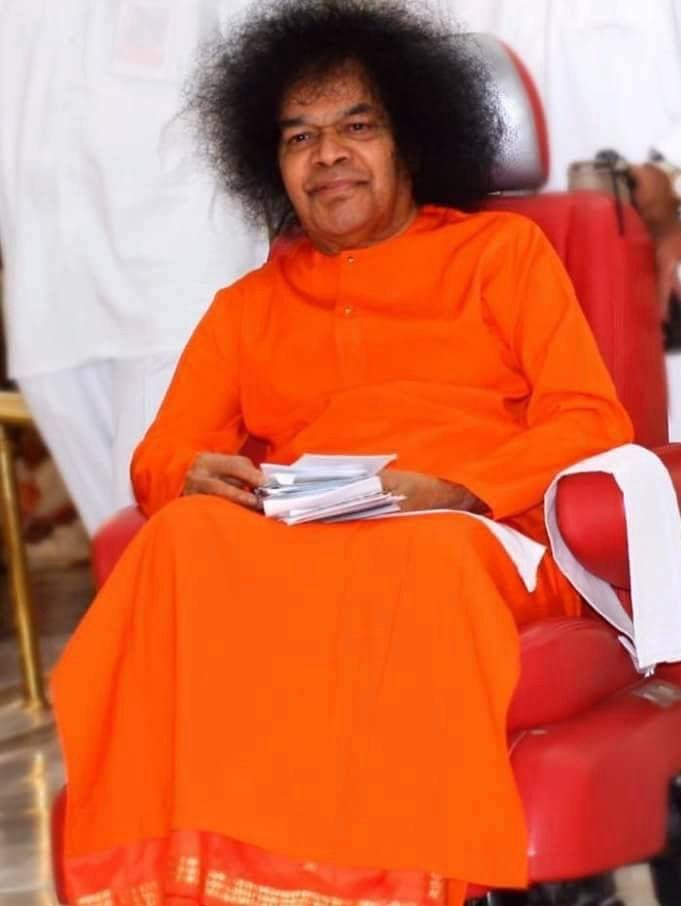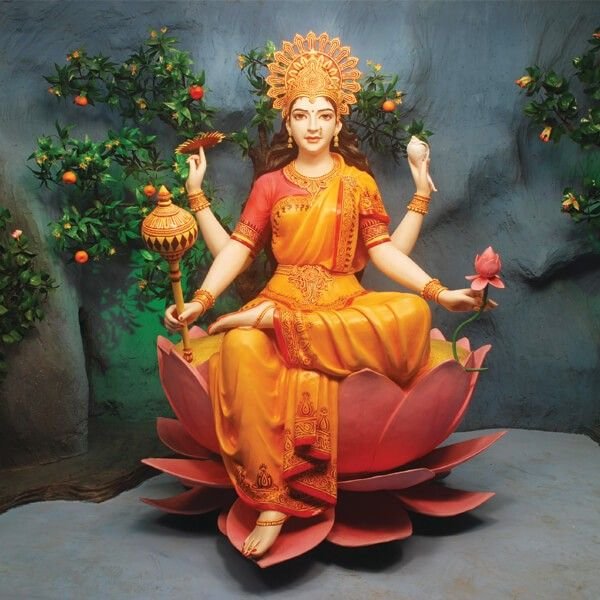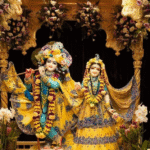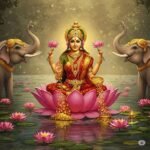Phala
Phala
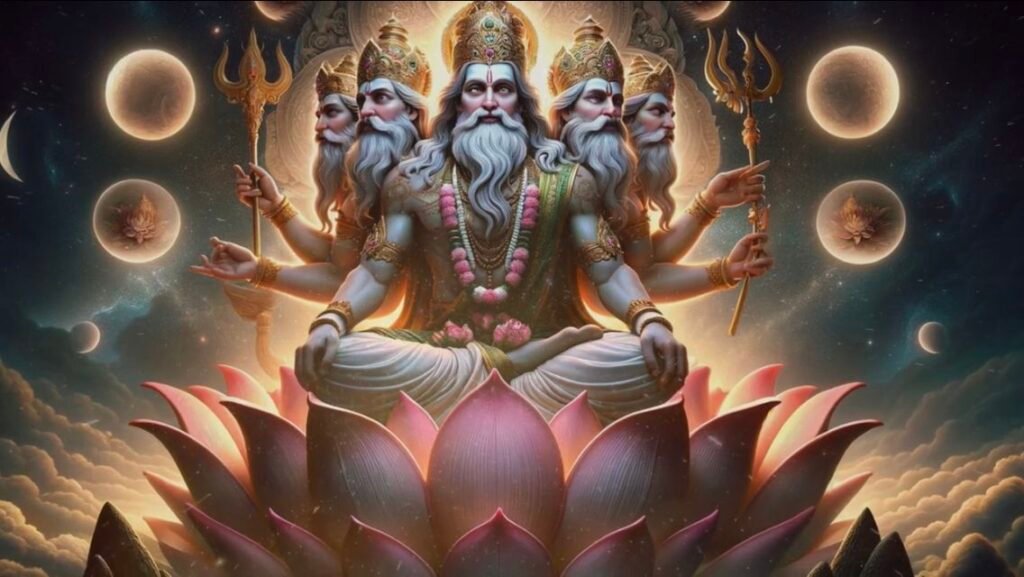
The Phala Adhyaya, the fourth and final chapter of the Brahma Sutras, explains the results and fruits that a seeker attains upon the realization of Brahman, the Supreme Reality. The word Phala means “fruit” or “outcome.” After the previous chapters have established the unity of the Vedic teachings (Samanvaya), resolved contradictions (Avirodha), and outlined the means for spiritual practice (Sādhana), the Phala Adhyaya reveals the ultimate benefits and transformative effects of attaining knowledge of Brahman.
This chapter emphasizes that the highest fruit is liberation (moksha), the complete freedom from the cycle of birth and death (samsara). Realization of Brahman leads to the destruction of ignorance (avidyā), which is the root cause of suffering, attachment, and delusion. When one recognizes the true Self (Atman) as identical with Brahman, all distinctions between the individual and the Supreme dissolve. The seeker experiences eternal bliss (ananda), infinite knowledge, and unchanging peace — qualities that transcend the fleeting joys and sorrows of the material world.
The Phala Adhyaya also explains the transformative effects on the aspirant’s life. One who attains Brahma Jnana becomes free from fear, attachment, and ego, seeing all beings as manifestations of the same ultimate reality. There is no longer a sense of duality between “self” and “other,” or “subject” and “object.” The aspirant develops equanimity, compassion, and unwavering wisdom, understanding that the universe itself is a reflection of Brahman. Ordinary actions continue, but they no longer bind the soul, because the enlightened one acts without selfish desires, motivated by divine knowledge and selfless duty.
Sage Bādarāyaṇa also emphasizes that the highest experience of Brahman is beyond words and concepts. While scriptures can guide and inspire, the true fruit is realized only through direct experience, where the mind merges with the infinite, and distinctions of time, space, and individuality vanish. The chapter makes it clear that all spiritual practices, rituals, and intellectual study ultimately aim at this direct realization, which grants eternal freedom and supreme bliss.
In essence, the Phala Adhyaya completes the philosophical and practical journey of the Brahma Sutras. It shows that the pursuit of Vedantic knowledge is not merely theoretical, but leads to a radical transformation of consciousness. The fruit of realizing Brahman is liberation from ignorance, eternal bliss, unity with the Supreme, and freedom from all suffering. This final chapter inspires the seeker to persevere in study, reflection, and meditation, assuring that the highest purpose of life — self-realization and union with Brahman — is both attainable and supremely rewarding.

























